Nowadays, Most PC users use Solid-State Drive(SSD) as their storage device to boost up their operating speed.
But sometimes, your SSD also gets slowed down. The data transfer rate of the SSD reduces incredibly!!
Don’t be frustrated over this issue.
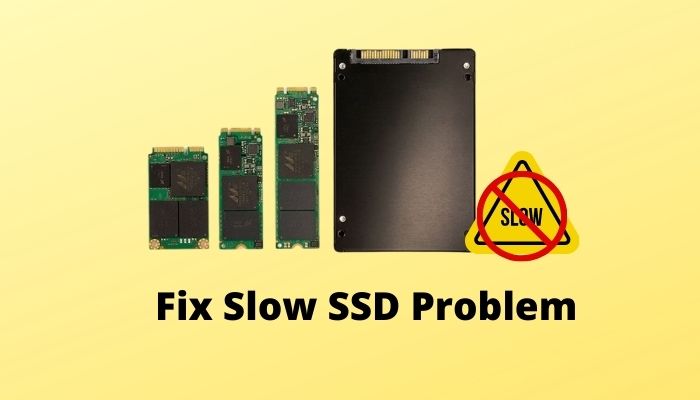
I also faced these problems, but luckily I have been able to override the issue.
In this post, I will help you in a way that you can solve the SSD slow-down issue expertly and all by yourself.
Before solving this issue, you should know why SSD slows down and then the solution.
Why does your SSD Slow down?
SSD slows down for lower data read and write rates. When you fill up your SSD storage, the reading and writing data rate decreases, slowing your SSD. Another main reason for SSD slowing down is incorrect boot configuration, and overloaded system cache also Slows down your storage.
SSD is a flash-based storage device that uses NAND technology for faster data access and transfer. It makes your PC’s Workspeed faster.
Previously, SSD was used as secondary storage; it is recently used as a primary Device.
SSD uses fasten your data read and write capabilities. But sometimes, SSD gets slowed down for several reasons.
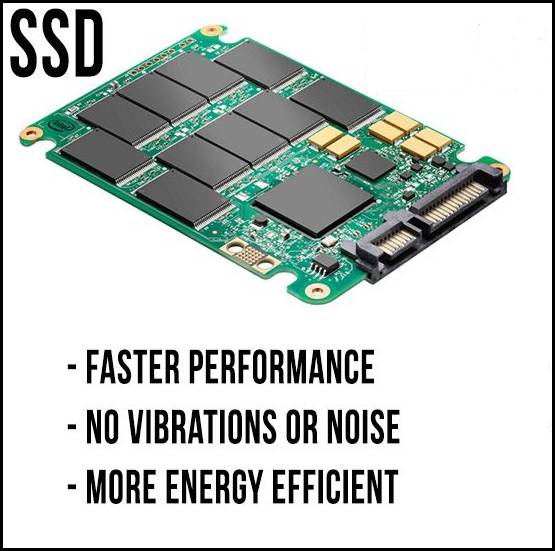
Check out our separate post on SSD good for Gaming.
Here I describe some primary reasons for the SSD slowdown:
- When your SSD storage is filled up entirely, it becomes slower in the data processing.SSD needs some extra storage for reading and writing data perfectly.
- Disable ACHI mode is another reason for SSD slowing down.
- If the TRIM command is not enabled for SSD.SSD does not work perfectly.
- Incompatible SATA ports are another reason for SSD slow-down. Cheap and poor quality SATA cables are a reason for reducing SSD’s performance.
- The wrong Boot configuration of SSD is another big reason for decreasing the SSD data transfer rate speed.
- Backdated Firmware is not compatible with an updated SSD. For Backdated Firmware software, SSD gets slowed down a bit.
- Lower RAM amount can harm SSD’s performance. If your RAM is not compatible with SSD, then SSD can’t work with full potential.
These are the few common reasons for reducing your SSD performance. As we find the causes behind SSD slow down, now get into the solution.
How to Fix SSD Slow-Down Problem?
To fix the problem, you have to find the reason behind it, but it’s hard to find the exact reason for it.
So, I describe some essential methods for keeping up your SSD up-to-date and speeding up your PC’s workload as before.
Here are the methods for solving the SSD slow down issue
1. Run your TRIM command
Run your TRIM command for better SSD performance.SSD will slow down If you don’t run the TRIM Command
Here are the steps that you have to follow for running TRIM Command:
- Go to the ‘Start’ menu at the taskbar and click on it.
- Find the search bar and write ‘CMD.’
- ‘Command Prompt’ will be shown up as the search result. Right-click on it.
- Now select the ‘Open as Administrator” option.
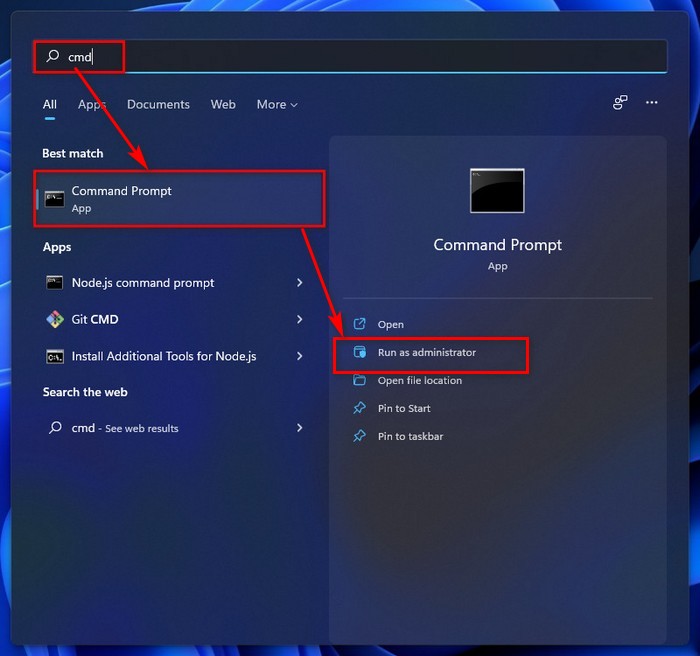
- Now type ‘fsutil behavior query DisableDeleteNotify’ in the CMD box
- After typing, press the ‘Enter’ button.
- Suppose you get ‘1’. As a result, that means your TRIM command is not running because it shows a ‘0’ for Enabled TRIM.
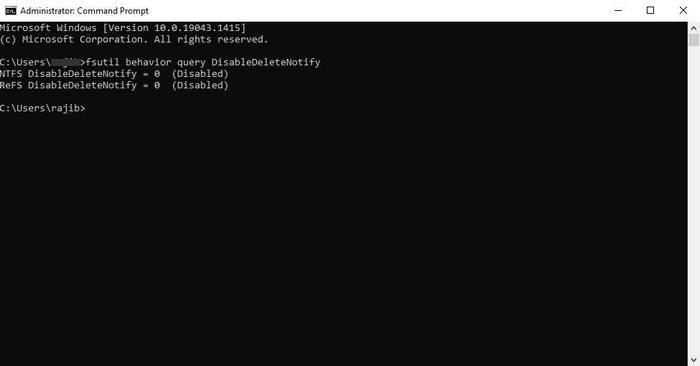
- Now retype ‘futsil behavior set DisableDeleteNotify 0’ and press the enter button.
Your TRIM Command will be running after this process.
Go through our epic guide on Is SSD Compatible with All Motherboards.
2. Start AHCI mode
Advanced Host Controller Interface(AHCI) mode helps SSD to get the best performance out of it. So enable AHCI mode to run your SSD fast.
Here are the simple steps to enable the AHCI mode of your Computer:
- Go to the BIOS of your PC.
- Now go to the BIOS Settings option.
- Search the OnChip SATA Type option.
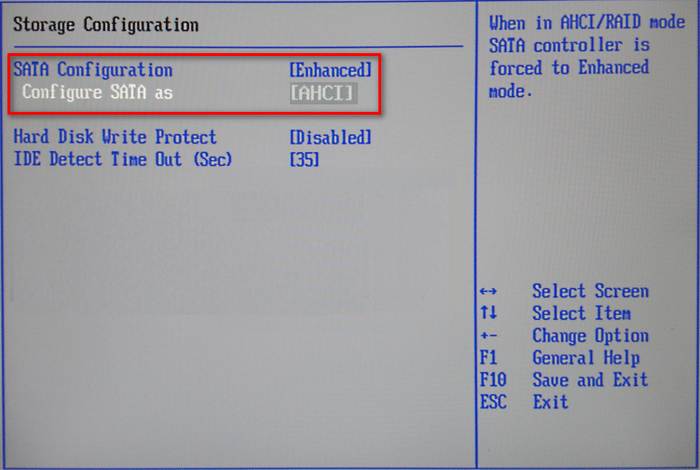
- Then enable the AHCI.
3. Update your SSD Firmware
Continually Update your SSD Firmware. Because any components will not run perfectly with backdated Firmware.SSD manufacturing companies are constantly releasing Updates for SSD Firmware.
Follow these rules for finding the Firmware Updates:
- Search ‘Run’ in the start menu.
- Write ‘devmgmt.msc’ at the dialog box and press enter.
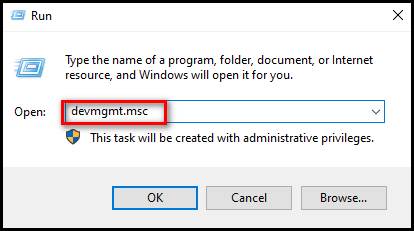
- You will find the ‘Device Manager’ tab on your Screen.
- Now go to the ‘Disk drives’ option in it.
- Find SSD in it and Right-Click.
- Now click on the ‘Update Drivers’ option.
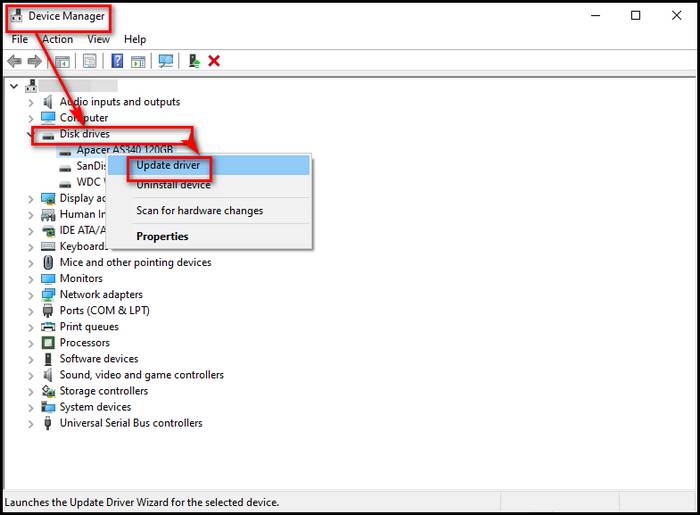
- Update the divers.
In this way, you can always update your SSD Firmware.
4. Disable Onboard VGA
If the Onboard VGA function is enabled in your PC, it can slow down your SSD. You have to disable this option for running SSD perfectly.
Here are the steps to disable Onboard VGA:
- Go to the BIOS of your PC
- Find the Advanced BIOS Option.
- Find Onboard VGA via search option.
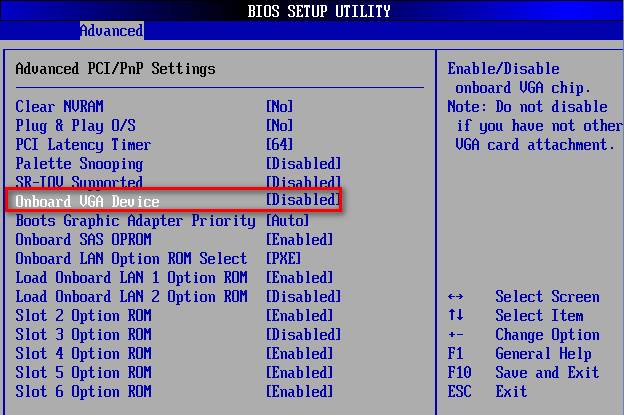
- Select the Disable Option and press Enter.
This is how you disable your Onboard VGA function.
5. Configure your Boot sequence
If you use an HDD and an SSD for your storage, always configure the Boot Sequence correctly.AN incorrect Boot Sequence can slow down your SSD.
Configure your Boot sequence by following these simple steps:
- Reboot your PC.
- Then go to the BIOS.
- Find Boot sequence option.
- Now change the boot sequence of SSD.
SSD must get the priority in Boot Sequence.
6. Enable Power High-Performance Mode
By enabling power High-Performance mode, your SSD gets the full potential for it’s workload.
Here are the steps of enabling Power high-performance mode:
- Go to the Settings menu of your PC.
- Now go to power and sleep Settings.
- You will find Additional power Settings on the right side of the tab.
- Choose Power Option.
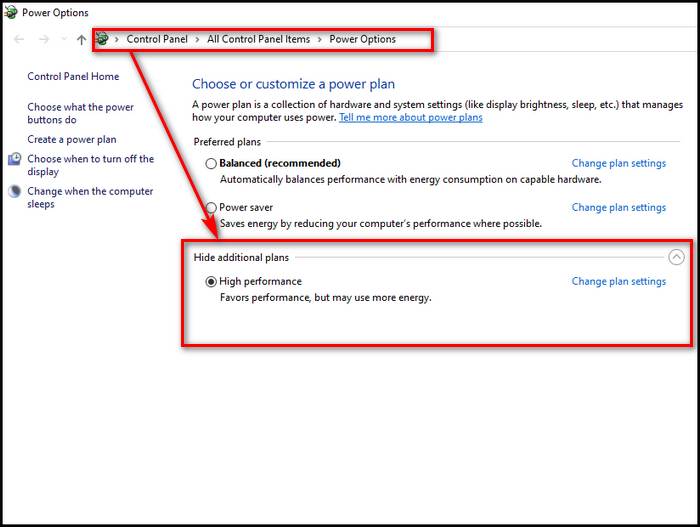
- Now Create a power plan option will appear. Click on it.
- Select High performance and click the Next button to choose this option.
- Power high-performance mode will enable on your PC.
Check out our expert-recommended Can SSD Improve FPS.
7. Optimize your Solid-state Drive
When you regularly optimize your SSD, it will never decrease it’s performance.
You will optimize your SSD by following these simple steps:
- Go to the Start menu on the taskbar.
- Now find the Defrag option.
- Select Defragment and Optimize Drive option.
- Select the SSD drive.
- Now click on the Optimize option.
Optimize your SSD by these steps and get the original performance state.
8. Free up some space of your SSD.
If you fill the space of your SSD, it becomes slower in performance. Then you must clear up some data to free up some space for your SSD.
Nowadays, manufacturers put some extra hidden space for SSD to perform perfectly. But never fill up more than 85% storage of your SSD. Otherwise, it can slow down your SSD.
First, go to your Drives, select unnecessary files, and delete them. In this way, SSD gets some extra space for reading and writing data quickly.
You can also clear your Junk files by following these steps:
- Go to the Start menu of your Computer.
- Search CMD; Command Prompt option will appear.
- Right-click on it.
- Select the option ‘Run as administrator.’
- Write ‘powercfg-h off’ and press enter.
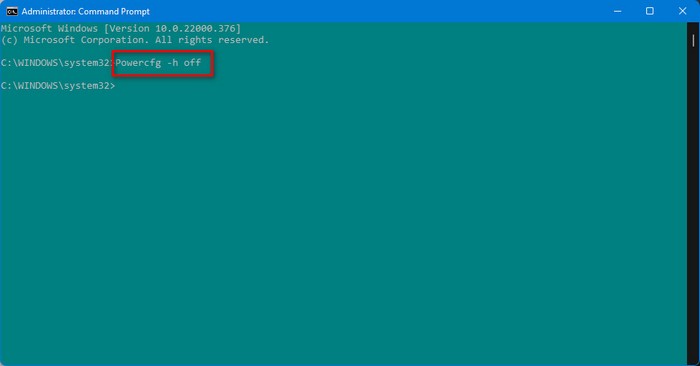
Junk files of your SSD will clear up by this method, and your SSD gets some free space for data transferring.
Follow our guide to fixing Can SSD Overheat.
9. Get Higher RAM
Sometimes an Incompatible RAM can cause the SSD slowdown. Lower RAM can decrease the cache size, and that affects SSD performance.
Always use compatible RAM for your PC. For a high-end PC, always use at least 8GB RAM for running your SSD perfectly.
10. Check your SATA ports and Cable
Check your SATA ports for compatibility with your Solid-state Drive. Recently SATA 3Gbps ports have been used in almost all motherboards. So choose a compatible SSD for this Port.
Also, check your SATA Cable because the low quality and defective Cable can reduce SSD performance.
These are the methods of fastening your SSD performance.
Go through our epic guide on Fix Motherboard Can’t Detect Hard Drive.
Solving SSD slow-down issue in windows 11
Windows 11( the most recent update of Windows) has reported the slow-down issue of SSD.
You can fast your SSD in Windows 11 by following described methods. Especially do the boot settings for windows 11.
Back in November 2021, Microsoft also release an update named KB50072612 to fix the SSD slow down issue.
Here are the steps of installing KB50072612:
- Go to your Windows settings.
- Go to the ‘Check for Updates.’ option and click on it.
- Now looking for KB5007262 update.
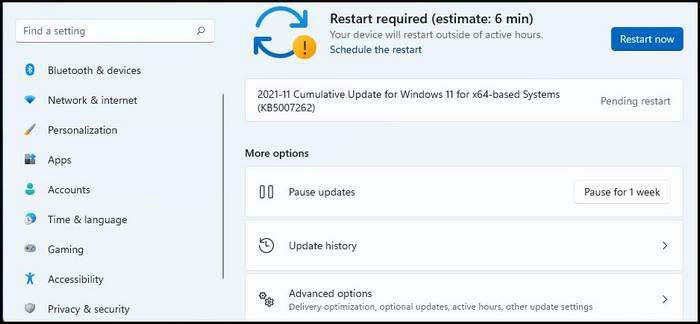
- It will automatically be updated.
- Now ‘Restart’ your PC for changes.
This Update will help you to Fasten your SSD performance.
It will help you to get better performance of SSD on Windows 11.
Conclusion
SSD can reduce its data read and write performance, and you can quickly fix it.
In this post, I try to describe the reason for SSD slow-down and the solution of fixing this problem with some easy methods.
Hope this article will be helpful for you to increase the performance rate of your SSD.

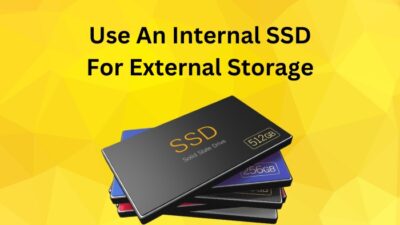
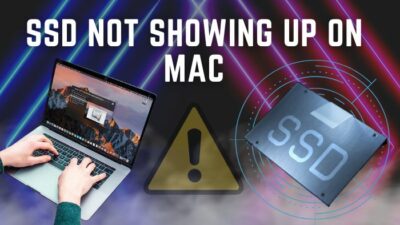
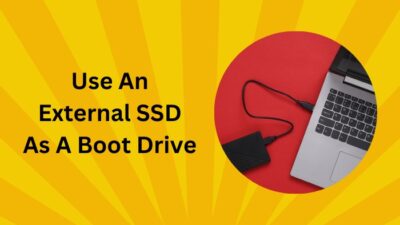
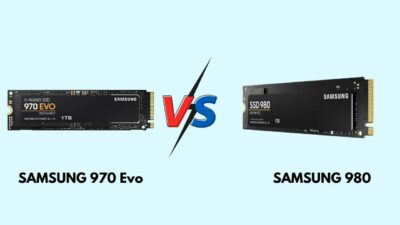
Hi Steven Arends
Had tried to run TRIM command in CMD which yield the following :
‘futsil’ is not recognized as an internal or external command,
operable program or batch file.
Care to advise what is missing ?